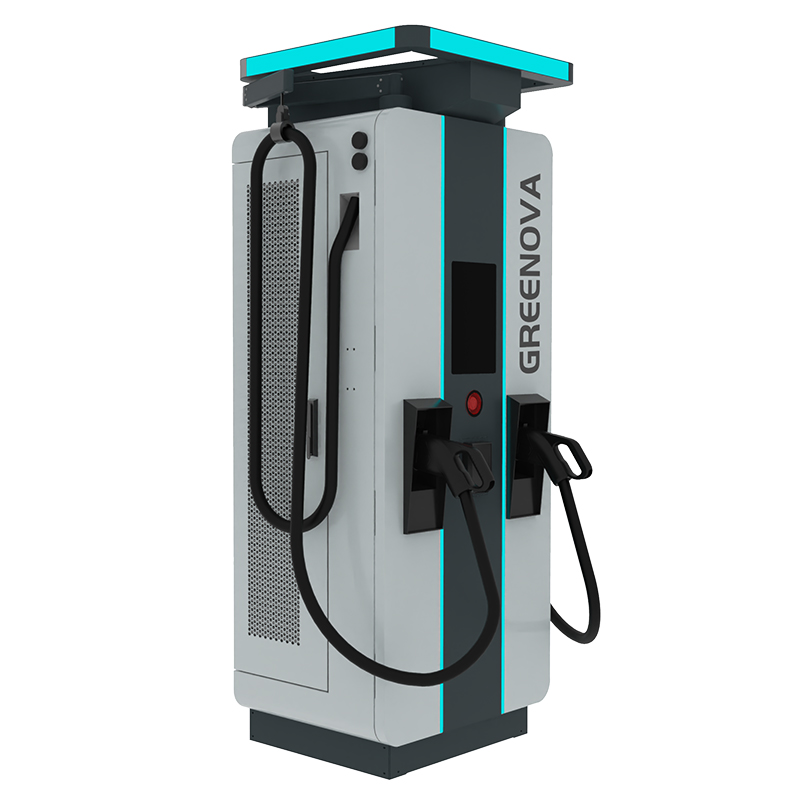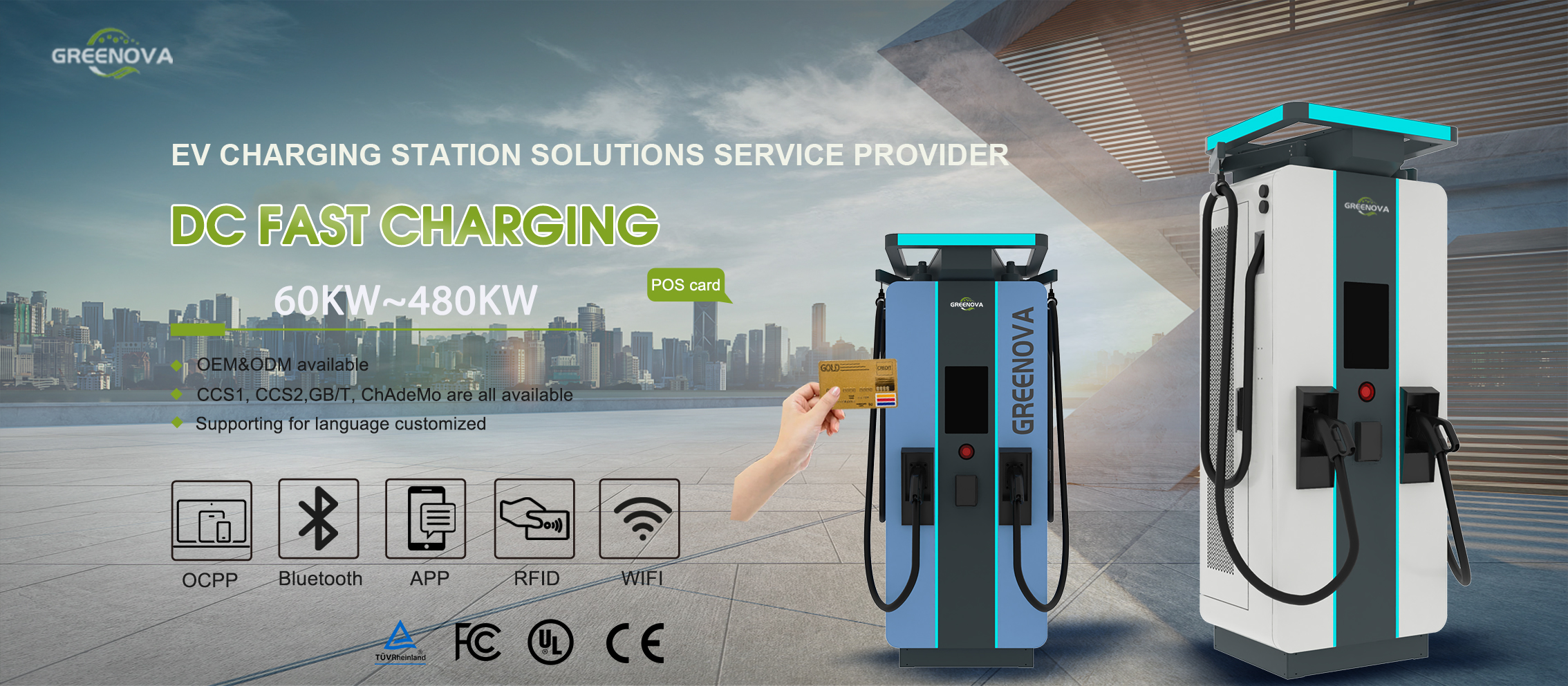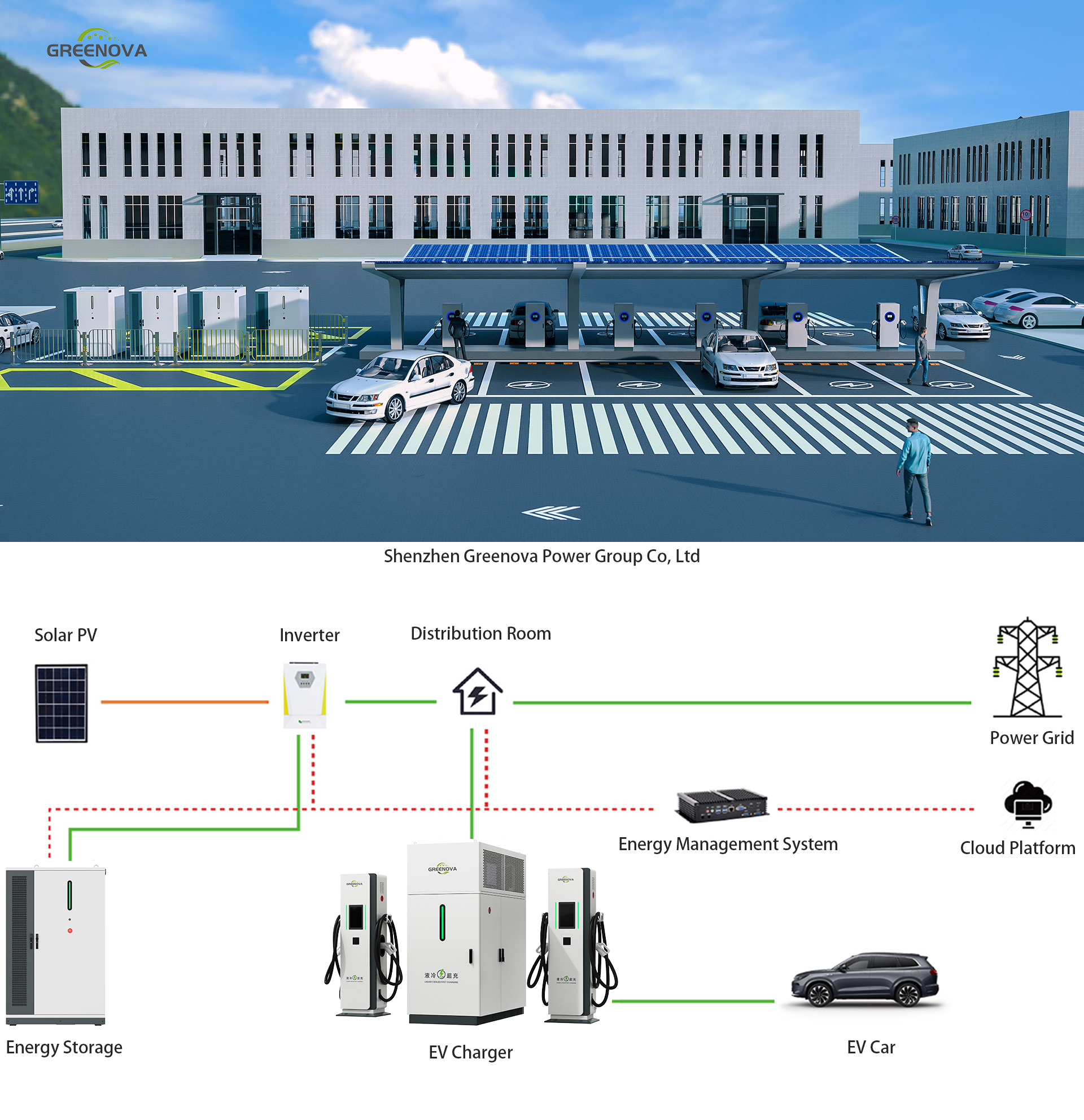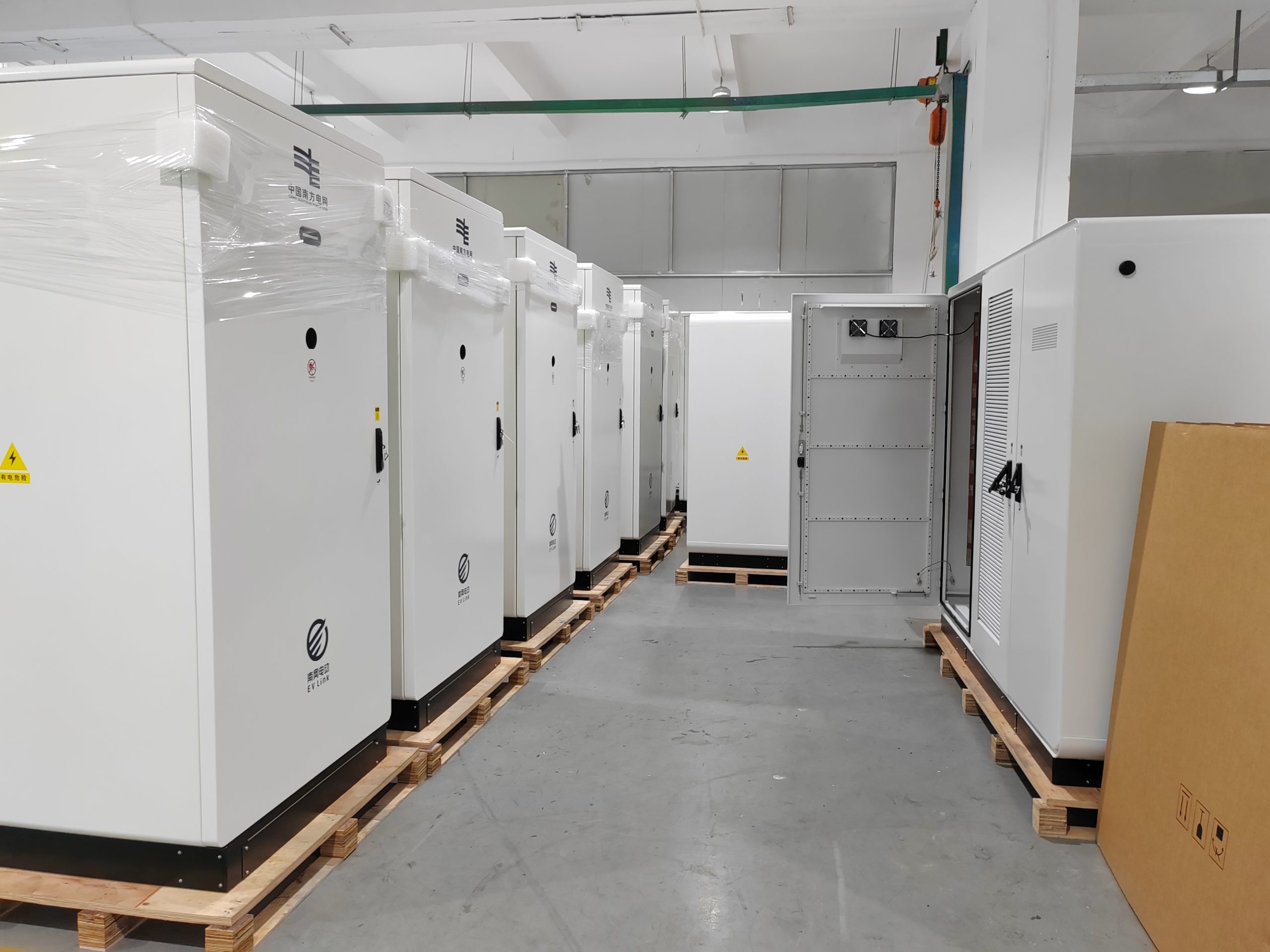Introduction: The New Era of EV Charging
The electric vehicle (EV) industry is undergoing a massive transformation, driven by global policies for carbon neutrality, technological breakthroughs in battery systems, and the surging demand for cleaner transportation. As EV adoption accelerates worldwide, one of the greatest challenges remains the availability of fast, reliable, and cost-efficient charging infrastructure.
Traditional fixed charging stations, while effective for urban hubs and residential areas, often require expensive grid upgrades, time-consuming installation, and limited flexibility in remote or high-demand environments. This is where mobile energy storage charging stations come into play.
A mobile energy storage (BESS-based) charging solution offers a flexible and decentralized approach to EV charging, allowing operators to deploy high-power chargers without being constrained by existing grid capacity. This innovation is quickly becoming a game-changer in markets such as Europe, the United States, and Southeast Asia.
At Greenova, we specialize in manufacturing cutting-edge DC fast chargers (30kW to 240kW) and integrated mobile energy storage + charging systems. With TÜV certification and a proven track record across multiple countries, we are at the forefront of designing solutions that meet the evolving needs of EV fleet operators, public charging networks, and commercial users.
In this article, we will explore the future trends of mobile energy storage charging stations, the technology behind them, and why this sector is poised for explosive growth over the next decade.
What is a Mobile Energy Storage Charging Station?
A mobile energy storage charging station is essentially a combination of high-capacity battery energy storage systems (BESS) and DC fast chargers, all housed in a portable, compact form factor. Instead of being directly dependent on the electrical grid, these stations are pre-charged from renewable energy or the grid during off-peak hours, then deployed wherever rapid EV charging is needed.
Key Characteristics:
-
Off-Grid Capability – They can operate in areas with limited grid access or even completely off-grid.
-
Scalability – Modular power stacks can range from 30kW to 600kW depending on demand.
-
Versatility – Ideal for temporary events, highway rest stops, fleet depots, or emergency roadside assistance.
-
Faster Deployment – No need for complex underground cabling or heavy civil engineering.
Compared to traditional fixed DC fast chargers, mobile solutions reduce the time-to-market for new charging locations and can be moved or scaled as demand changes.
Why Mobile Energy Storage is the Future of EV Charging?
The global EV market is projected to exceed 240 million EVs on the road by 2030, according to the International Energy Agency (IEA). With this surge, there will be unprecedented pressure on existing power grids. Mobile charging solutions offer three major advantages:
-
Grid Flexibility: By charging the on-board batteries during low-demand periods, mobile stations help avoid grid overload during peak hours.
-
Cost-Effective Deployment: Reduces the need for expensive infrastructure upgrades.
-
Renewable Energy Integration: Can be paired with solar panels or wind farms to store green energy for EV charging.
Key Market Trends (2025–2035)
1. Rising Demand for Fast, Flexible Charging Solutions
Cities, logistics hubs, and even rural areas are seeking DC fast charging solutions that can be installed quickly and operate independently. Greenova’s 60kW–240kW mobile chargers have already been deployed for fleet operators who require high uptime and rapid turnaround for their vehicles.
2. Growth of Charging-as-a-Service (CaaS)
Instead of investing millions in building large-scale charging stations, many companies are turning to mobile charging-as-a-service models. Here, mobile charging trucks or trailers equipped with BESS + DC fast chargers provide on-demand charging to fleets or public locations.
3. Integration with Renewable Energy and Smart Grids
The future is green energy + smart storage. Mobile charging systems will increasingly incorporate solar panels, wind energy, and AI-driven energy management, reducing operational costs and carbon footprints.
4. Ultra-Fast Charging Becomes Standard
Today’s fast chargers (50kW–150kW) will soon be replaced by ultra-fast chargers (300kW+), especially for long-haul trucks, buses, and logistics fleets. Greenova’s liquid-cooled charging systems are designed to meet this new benchmark, enabling charging times of under 20 minutes for large EV batteries.
Technological Innovations Driving Mobile Energy Storage
1. High-Density Battery Packs
Modern lithium-ion and LFP batteries allow mobile chargers to store 300–1000 kWh of energy, enough to fast-charge multiple vehicles before needing a recharge.
2. Advanced Thermal Management (Liquid Cooling)
As power levels increase, liquid cooling technology ensures that charging guns, cables, and power modules operate safely at high currents. This improves efficiency and lifespan.
3. Modular Power Stack Architecture
A mobile charging system with modular power stacks (e.g., 30kW or 40kW increments) provides flexibility for different use cases, from passenger EVs to heavy-duty trucks.
4. Smart Monitoring & OCPP Protocols
Greenova’s mobile chargers support OCPP 1.6/2.0, enabling remote diagnostics, software updates, and intelligent load balancing.
Why Greenova Leads This Market
At Greenova, we combine cutting-edge R&D with real-world manufacturing experience to deliver premium-quality mobile energy storage and charging systems.
-
Certified Quality: All products are TÜV and CE certified, ensuring compliance with international safety standards.
-
Wide Power Range: From 30kW portable chargers to 240kW liquid-cooled DC fast chargers, our portfolio covers every application.
-
Custom Solutions: We offer OEM & ODM services tailored to commercial fleets, public transit, and logistics hubs.
-
Global Expertise: Our products have been successfully deployed in Europe, Southeast Asia, and the Middle East.
Market Trends and Growth Forecast (2025–2035)
The global electric vehicle (EV) revolution is no longer a distant concept — it’s unfolding in real time, reshaping the automotive, energy, and infrastructure industries. According to the International Energy Agency (IEA), the number of electric vehicles on the road is expected to exceed 240 million by 2030, a significant leap from just 10 million units in 2020. This rapid growth is creating tremendous pressure on existing charging networks, especially when it comes to meeting the needs of both urban EV drivers and commercial fleets.
Mobile energy storage charging stations (MESCS), combined with high-power DC fast chargers, are now viewed as a critical component in overcoming infrastructure challenges. Their ability to deliver high-speed, on-demand charging without requiring costly grid upgrades positions them as a preferred choice for governments, fleet operators, and charging network providers.
1. Global EV Market Growth
1.1 EV Adoption Rates
-
Europe: The European Union aims to ban new internal combustion engine (ICE) car sales by 2035, while countries like Norway have already reached 80% EV market share for new car sales. This shift is driving the need for high-power chargers and flexible charging solutions to meet growing demand.
-
North America: The United States, under the Bipartisan Infrastructure Law (BIL) and the Inflation Reduction Act (IRA), is investing billions into public charging networks. This includes incentives for mobile and temporary charging solutions that can support rural areas and high-traffic zones.
-
Asia-Pacific: China remains the largest EV market in the world, with over 50% of the global EV fleet. Southeast Asian countries like Thailand and Indonesia are following suit, building charging infrastructure with hybrid fixed-mobile solutions.
1.2 Commercial and Fleet Electrification
The logistics industry is undergoing a major transition as companies like Amazon, DHL, and FedEx move to electrify their fleets. Heavy-duty trucks and delivery vans require high-power charging stations (200kW–500kW) that can be deployed near distribution centers. Mobile energy storage chargers offer the flexibility to scale up or down depending on fleet size and operational schedules.
2. Key Drivers of Mobile Energy Storage Charging Solutions
2.1 Rising Grid Constraints
One of the biggest bottlenecks for traditional DC fast charging stations is grid connection limitations. Installing a 300kW+ charger often requires transformer upgrades and new underground cables, which can take 6–12 months and cost hundreds of thousands of dollars. Mobile energy storage systems bypass this problem by storing energy in on-site batteries and delivering it on-demand.
2.2 Renewable Energy Integration
As renewable energy adoption grows, mobile energy storage units can store excess solar or wind energy during peak generation hours and supply it to EVs during demand peaks. This reduces carbon emissions and makes EV charging greener and more sustainable.
2.3 Lower Infrastructure Costs
A mobile energy storage charger can be deployed within days, compared to months for a fixed station. For temporary events — such as festivals, expos, or emergency response — this is a game-changer. Instead of building permanent infrastructure, operators can rent or deploy mobile units, saving both capital and operational expenses.
3. Mobile Energy Storage Market Forecast
The global mobile energy storage and charging station market is projected to grow at a CAGR of 25% from 2025 to 2035, reaching a value of over $40 billion by 2035. This growth is supported by:
-
Increasing EV penetration in rural and semi-urban areas.
-
Government incentives for fast charger deployment.
-
Fleet electrification across logistics, buses, and ride-hailing services.
4. Emerging Applications
4.1 Urban Fast-Charging Hubs
Cities like Berlin, New York, and Singapore are experimenting with mobile fast-charging trucks that can drive to parking lots, deliver 150–300kW fast charging, and then move to the next location.
4.2 Emergency and Disaster Response
In disaster-hit regions or areas without reliable electricity, mobile charging units can provide critical EV charging support for rescue vehicles, medical teams, and emergency fleets.
4.3 Seasonal and Temporary Deployments
Events such as sports tournaments, music festivals, or pop-up EV test drives require short-term high-power charging. Mobile stations meet this demand without costly permanent setups.
5. Regional Trends
5.1 Europe
-
Europe is leading in OCPP-standard charging networks, making mobile stations easily integrable with existing payment and monitoring systems.
-
EU funding programs such as AFIF (Alternative Fuels Infrastructure Facility) are allocating grants for innovative solutions, including mobile charging trailers.
5.2 United States
-
The U.S. is rapidly rolling out DC fast charger corridors along highways. Mobile chargers are being used as gap-fillers where permanent stations are not yet available.
-
The IRA tax credits give priority to equipment with 55% U.S.-made components, which Greenova’s U.S. warehouse and partnerships can fulfill.
5.3 Asia-Pacific
-
In China and Southeast Asia, mobile battery-swapping trucks and mobile fast chargers are gaining traction.
-
Markets like Thailand and Vietnam prefer hybrid solutions (AC + DC fast charging) for urban and rural EV infrastructure.
6. Challenges and Future Improvements
While mobile energy storage solutions offer flexibility, they also face technical and cost-related challenges:
-
High Initial Cost: Large-capacity battery packs (500kWh+) remain expensive, though costs are declining as battery technology improves.
-
Maintenance Requirements: Mobile systems need robust cooling and monitoring to ensure long-term reliability.
-
Regulatory Hurdles: Some regions require additional permits for mobile charging units.
At Greenova, we tackle these challenges by:
-
Using modular design to reduce upfront costs (e.g., 30kW–40kW stacks).
-
Implementing advanced liquid cooling and fire protection for safety.
-
Offering remote monitoring software to track performance and prevent failures.







